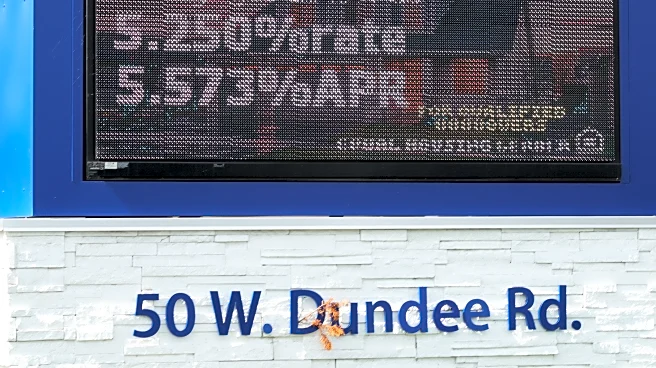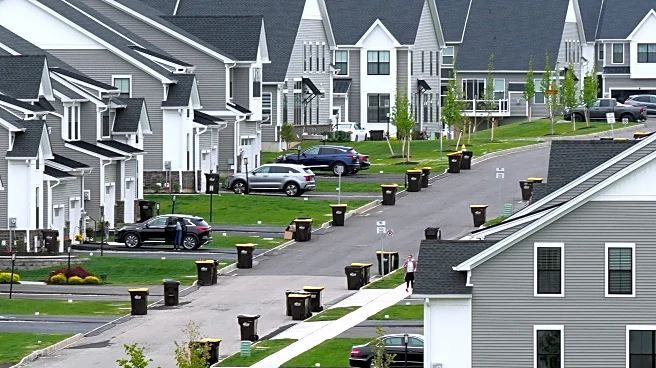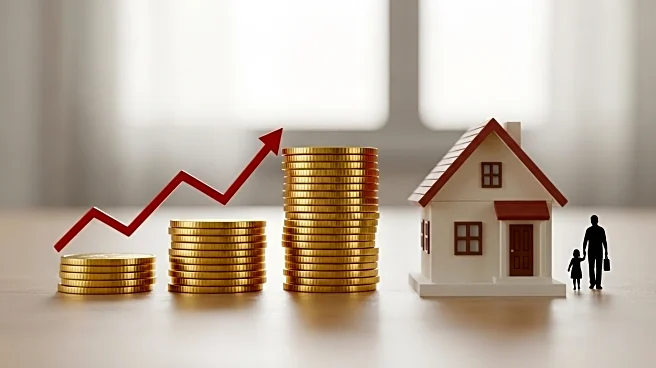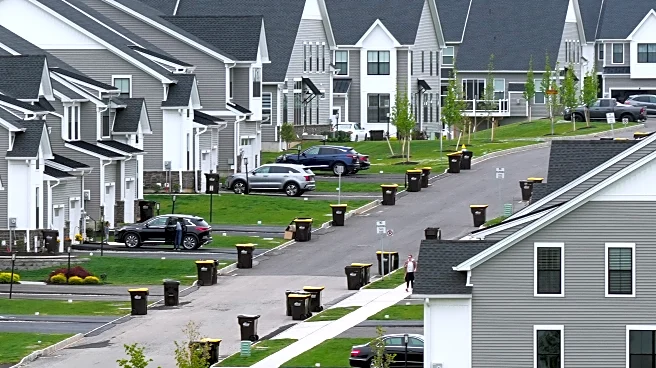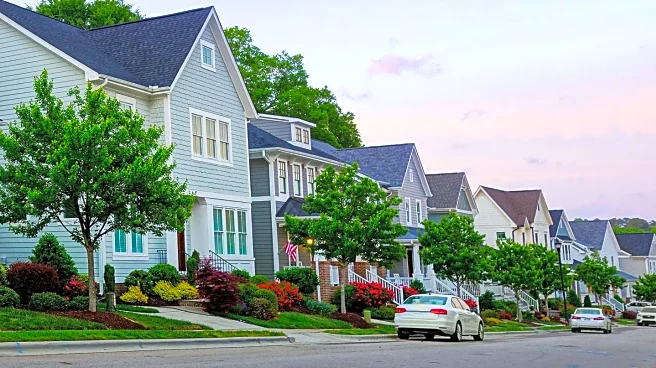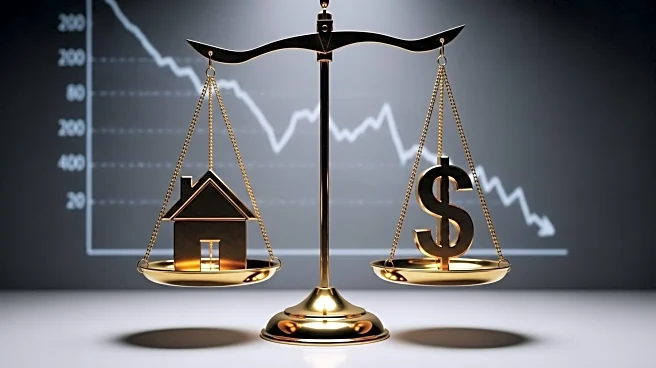What's Happening?
The average rate on a 30-year U.S. mortgage has increased to 6.3% from 6.26%, ending a four-week decline that had brought borrowing costs to their lowest level in nearly a year. This rise follows the Federal Reserve's recent decision to cut its main interest rate, which was expected to lower borrowing costs. However, mortgage rates, influenced by the 10-year Treasury yield, have not followed the anticipated downward trend. The housing market, already in a slump since 2022, continues to face challenges as sales of previously occupied homes remain low.
Why It's Important?
The increase in mortgage rates could further strain the housing market, which has been struggling with low sales and high borrowing costs. This development may discourage potential homebuyers and slow down the market's recovery. The rise in rates also affects homeowners looking to refinance, as the cost of borrowing remains high. The broader economic impact includes potential slowdowns in housing-related industries and reduced consumer spending, which could affect overall economic growth.
What's Next?
Economists expect mortgage rates to remain near the mid-6% range, but the Federal Reserve's future actions could influence this trajectory. Homebuyers and homeowners may continue to monitor rate changes closely, with some potentially waiting for more favorable conditions before making purchasing or refinancing decisions. The housing market's recovery will depend on how quickly rates can stabilize and whether the Fed's policies can effectively lower borrowing costs.


